Download top and best high-quality free Sky PNG Transparent Images backgrounds available in various sizes. To view the full PNG size resolution click on any of the below image thumbnail.
License Info: Creative Commons 4.0 BY-NC
The sky is the expanse of atmosphere and outer space visible from the Earth’s surface, including the blue or grayish canopy of clouds and the blackness of space.
It is a significant part of the natural world, often utilized for navigation, weather patterns, and even cultural activities such as astronomy and mythology.
Color and Appearance
The color of the sky can vary depending on a range of factors, mainly the presence of certain gases and particles in the atmosphere, the angle of the sun, and the time of day.
During daytime, the sky appears predominantly blue due to the scattering of sunlight by the Earth’s atmosphere, particularly nitrogen and oxygen molecules. At sunrise and sunset, the sky may exhibit shades of yellow, orange, and red as a result of the scattering of light by the atmosphere’s larger particles and the Sun’s position on the horizon.
On clear nights, the sky is typically black and shows an array of stars and constellations that are only visible when light pollution is minimal.
Layers of the Atmosphere
The atmosphere is the gaseous layer that surrounds the Earth and is divided into several layers. The layers vary in altitude and composition.
- Troposphere: This is the layer closest to the Earth’s surface and contains most of the planet’s weather activity. It extends from the ground up to around 10-15 km and contains about 80% of the atmosphere’s total mass.
- Stratosphere: Above the troposphere, the stratosphere extends from about 15-50 km altitude. The ozone layer is located within the stratosphere, which absorbs ultraviolet (UV) radiation from the sun.
- Mesosphere: The mesosphere extends from about 50-80 km altitude. It is the layer where most meteoroids burn up upon entering the Earth’s atmosphere.
- Thermosphere: Above the mesosphere, the thermosphere extends from around 80-600 km altitude. It is the layer where the aurora borealis (Northern Lights) and aurora australis (Southern Lights) occur due to interaction with solar radiation.
- Exosphere: Beyond the atmospheric layers is the exosphere. It extends several thousand kilometers into space and contains mainly hydrogen and helium particles. It gradually merges with interplanetary space.
Weather and Atmosphere
The atmosphere plays a crucial role in the Earth’s weather and climate system. Variations in temperature, pressure, and humidity can influence the formation of storms, droughts, and other weather phenomena. The movement of air masses caused by temperature and pressure imbalances creates weather fronts and results in precipitation, wind, and other weather patterns.
The atmosphere also serves as a protective shield against harmful radiation and particles from the sun and space.
Cultural Significance
The sky has been an essential part of human cultures and traditions for thousands of years. Ancient civilizations used the sky for navigation and calendar purposes, as well as in their mythologies, religions, and ceremonies.
Astronomy, the scientific study of celestial objects and phenomena, has been instrumental in advancing our understanding of the sky and space. It has also contributed to technological advancements in areas such as navigation, communication, and weather forecasting.
Today, many people still admire the beauty of the sky and find inspiration and awe in the natural world’s vastness and complexity.
Download Sky PNG images transparent gallery
- Sky PNG Pic
Resolution: 2194 × 1317
Size: 182 KB
Image Format: .webp
Download
- Sky PNG Picture
Resolution: 640 × 640
Size: 102 KB
Image Format: .png
Download
- Sky PNG
Resolution: 1136 × 936
Size: 289 KB
Image Format: .png
Download
- Sky Transparent
Resolution: 360 × 360
Size: 149 KB
Image Format: .png
Download
- Sky
Resolution: 1316 × 725
Size: 514 KB
Image Format: .png
Download
- Sky Background PNG
Resolution: 1618 × 763
Size: 904 KB
Image Format: .png
Download
- Sky No Background
Resolution: 1200 × 1200
Size: 1041 KB
Image Format: .png
Download
- Sky PNG Background
Resolution: 582 × 315
Size: 74 KB
Image Format: .png
Download
- Sky PNG Clipart
Resolution: 1024 × 409
Size: 336 KB
Image Format: .png
Download
- Sky PNG Cutout
Resolution: 787 × 317
Size: 130 KB
Image Format: .png
Download
- Sky PNG File
Resolution: 744 × 1052
Size: 131 KB
Image Format: .png
Download
- Sky PNG Free Image
Resolution: 903 × 333
Size: 157 KB
Image Format: .png
Download
- Sky PNG HD Image
Resolution: 1200 × 675
Size: 822 KB
Image Format: .png
Download
- Sky PNG Image File
Resolution: 1200 × 675
Size: 412 KB
Image Format: .png
Download
- Sky PNG Image HD
Resolution: 1200 × 675
Size: 607 KB
Image Format: .png
Download
- Sky PNG Image
Resolution: 800 × 433
Size: 286 KB
Image Format: .png
Download
- Sky PNG Images HD
Resolution: 1200 × 675
Size: 553 KB
Image Format: .png
Download
- Sky PNG Images
Resolution: 1352 × 605
Size: 123 KB
Image Format: .png
Download
- Sky PNG Photo
Resolution: 1782 × 980
Size: 963 KB
Image Format: .png
Download
- Sky PNG Photos
Resolution: 360 × 360
Size: 53 KB
Image Format: .png
Download



















